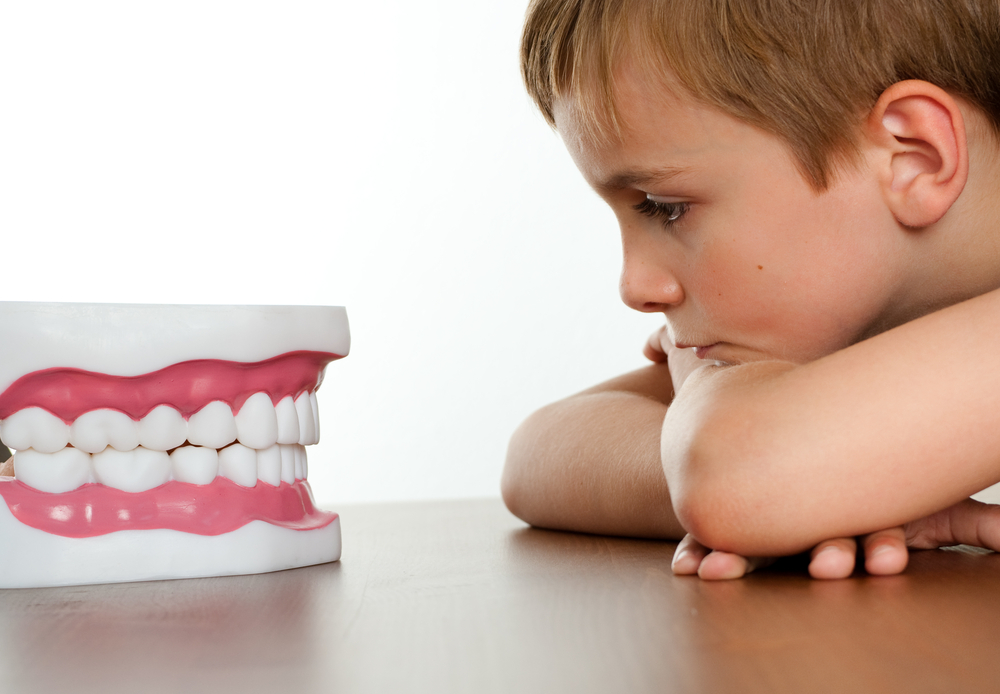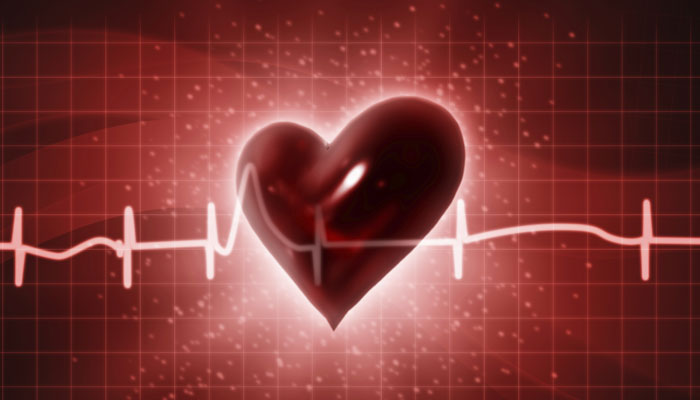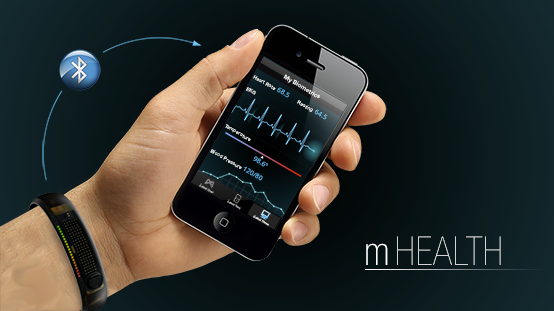
Eating soy foods may help protect against reproductive effects of bisphenol A (BPA), a chemical in many plastic consumer products and lining the inside of some canned foods, according to a study of women undergoing fertility treatments.
“The results were actually exactly what we were expecting to find,” said lead author Dr. Jorge E. Chavarro of the Harvard School of Public Health-Nutrition in Boston.
BPA is known to mimic estrogen in the body, and therefore it’s believed to disrupt conception and implantation of a fertilized egg in the womb, the researchers write in the Journal of Clinical Endocrinology and Metabolism.
Experiments in rodents suggest that soy, which also interacts with estrogen receptors, could offset or mitigate those effects of BPA, they add.
“We wanted to follow-up on the results of two experimental models in rodents where two independent groups had found that some adverse reproductive effects of BPA could be prevented by placing the mice on a soy based diet,” Chavarro told Reuters Health by email. “We wanted to see whether a similar interaction occurred in humans.”
The researchers studied 239 women who underwent in vitro fertilization cycles between 2007 and 2012. The women completed dietary questionnaires and provided urine samples before egg retrieval for each fertility cycle.
The questionnaire included assessment of the women’s intake of 15 soy-based foods, including tofu, soy burgers, miso soup, soy protein and soy bars. Consumption of these items ranged from never or less than once per month to twice daily.
Almost three quarters of the women said they consumed at least some soy foods.
Most women underwent one IVF cycle, 18 percent underwent two cycles and 11 percent underwent three cycles.
As urinary BPA levels increased, the women who did not eat soy foods had lower rates of implantation, clinical pregnancy and live birth. But for women who did eat soy, increasing BPA levels were not tied to fertility outcomes.
“We still need to evaluate whether the same is also true for couples trying to get pregnant without medical help or whether risks extend to the health of children,” Chavarro said.
In one of the previous mice studies, BPA was able to switch on and off certain genes and soy prevented BPA from doing so, Chavarro said.
“We cannot be certain whether this is the same mechanism operating in our case or whether other mechanisms yet to be identified could also be at play,” he said.
BPA is safe in the current levels occurring in foods, according to the U.S. Food and Drug Administration.
“Based on nationally representative surveys we know that more than 90 percent of Americans are exposed at varying levels,” but exposure to BPA can be minimized by switching from consuming canned foods to their fresh or frozen counterparts, replacing hard polycarbonate plastic food containers with glass or metal containers, and not handling thermal receipts such as those used in supermarkets, ATMs and gas stations, Chavarro said.
It is important to confirm these findings, since this is the first time that an interaction between BPA and diet has been reported in humans, he said.
But soy on its own, regardless of whether or not it interacts with diet, appears to be beneficial to women who are trying to become pregnant, he said.
Source: fox news










